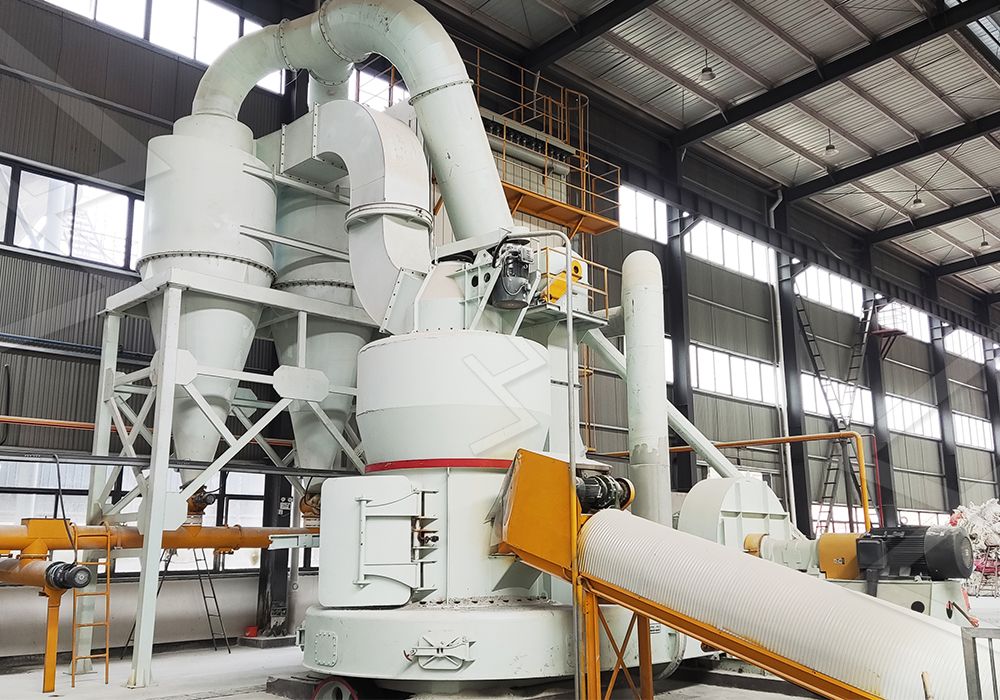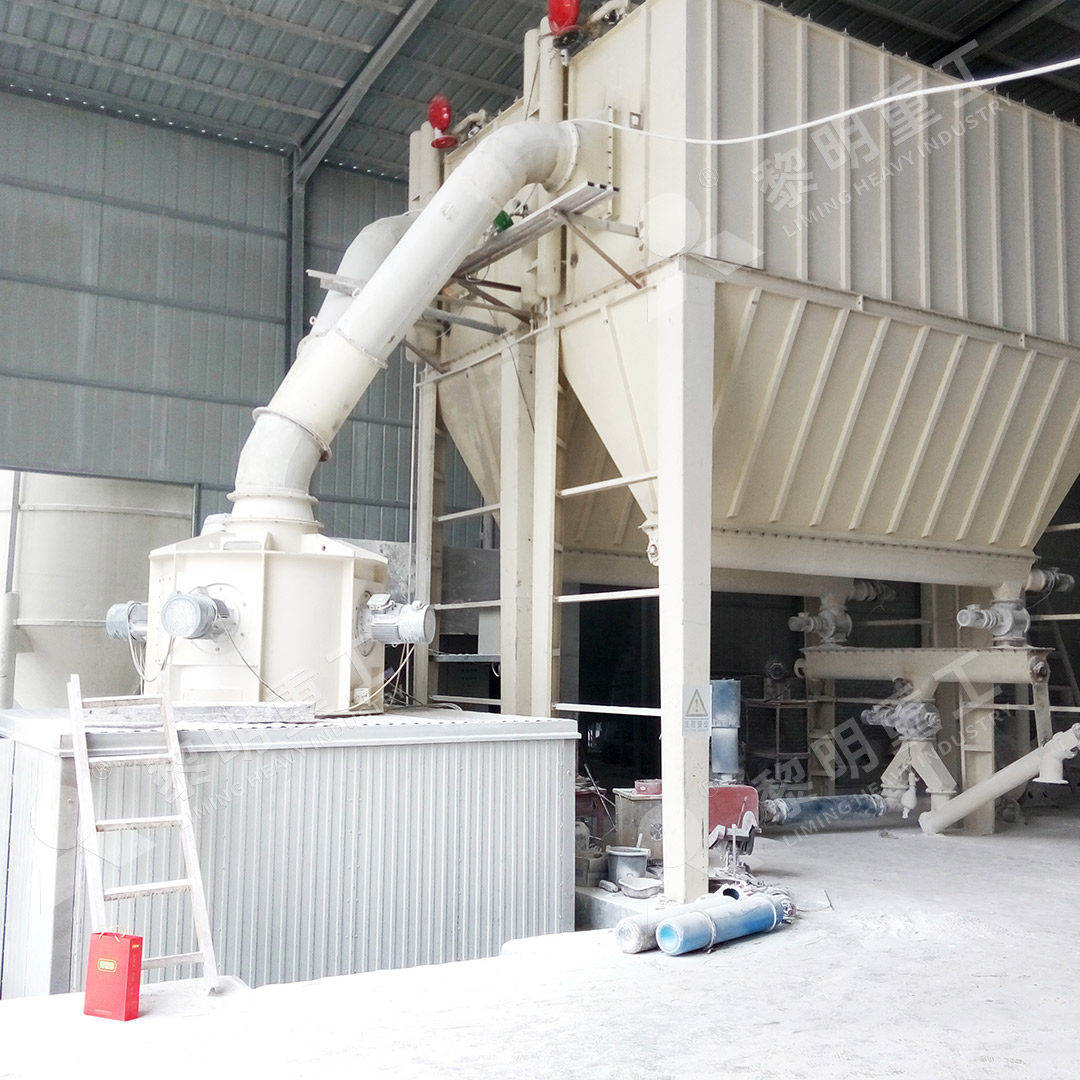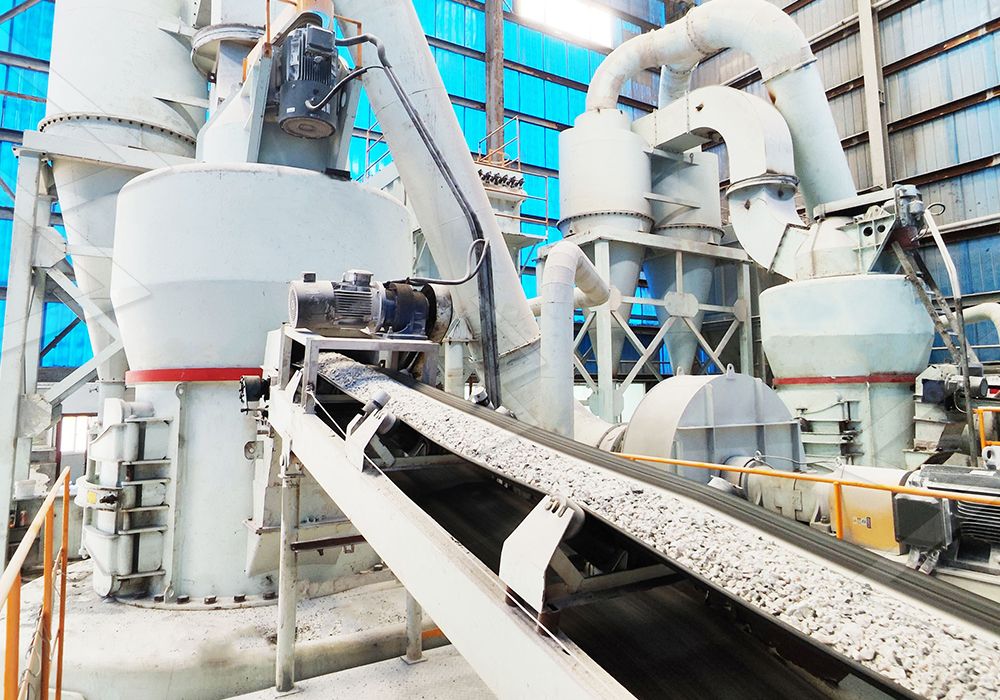Quartz Powder Grinding Mill: Types and Selection Guide
Quartz Powder Grinding Mill: Types and Selection Guide
Quartz powder manufacturing requires specialized grinding equipment to achieve the precise particle sizes demanded by various industries. Selecting the right grinding mill is crucial for optimizing production efficiency, product quality, and operational costs. This guide explores the primary mill types and key selection criteria for quartz processing operations.
Understanding Quartz Grinding Requirements
Quartz, with a Mohs hardness of 7, presents unique challenges in size reduction. The mineral’s abrasiveness demands robust equipment with wear-resistant components, while its applications in electronics, ceramics, and composites require strict control over particle size distribution and contamination levels. Different industries specify varying fineness levels, from coarse grits to sub-micron powders, necessitating flexible grinding solutions.

Major Grinding Mill Types for Quartz Processing
Vertical Roller Mills
Vertical mills integrate grinding, drying, classification, and conveying in a single compact unit. Their vertical orientation and efficient grinding mechanism make them ideal for medium to large-scale quartz processing operations. The LM Vertical Grinding Mill exemplifies this category with its ability to handle input sizes up to 70mm and capacities reaching 340 tph, making it suitable for high-volume production environments.
Ultrafine Grinding Mills
For applications requiring superfine quartz powders, specialized ultrafine mills deliver particles in the 325-2500 mesh range. These mills incorporate advanced classification systems and precision grinding mechanisms. The MW Ultrafine Grinding Mill stands out in this category, featuring a unique design without rolling bearings or screws in the grinding chamber. This innovative approach eliminates common failure points while delivering 40% higher production capacity compared to jet mills at the same power consumption.

European Trapezium Mills
These mills combine traditional grinding principles with modern technological enhancements. The MTW series, including the MTW-Z European Trapezium Mill, feature advanced lubrication systems, elastic damping structures, and efficient powder concentrators. Their balanced design makes them suitable for general-purpose quartz grinding with good energy efficiency and maintenance accessibility.
Key Selection Factors
Production Capacity Requirements
Match the mill’s capacity to your production targets. Small operations might find Raymond mills adequate (0.6-5 tph), while large-scale manufacturers should consider vertical mills like the LUM Ultrafine Vertical Grinding Mill (5-18 tph) or LM Vertical Mill (3-340 tph) for higher throughput.
Final Product Fineness
Determine the required particle size distribution for your specific application. The MW Ultrafine Grinding Mill offers exceptional flexibility with adjustable fineness between 325-2500 meshes, achieving d97≤5μm in a single pass—ideal for high-value quartz applications.
Energy Efficiency Considerations
Modern mills incorporate energy-saving technologies that significantly reduce operating costs. The MW Ultrafine Grinding Mill consumes only 30% of the energy required by jet mills for equivalent output, while maintaining higher production rates.
Environmental Compliance
Contemporary grinding mills must address dust and noise emissions. The MW Ultrafine Grinding Mill incorporates efficient pulse dust collection and noise reduction systems, ensuring operations meet stringent environmental standards without compromising performance.

Recommended Solution for High-Quality Quartz Powder
For operations prioritizing ultra-fine powder quality, energy efficiency, and environmental compliance, the MW Ultrafine Grinding Mill presents an optimal solution. With input size capability of 0-20 mm and capacity ranging from 0.5-25 tph, it handles various quartz processing requirements. Its innovative cage-type powder selector, based on German technology, ensures precise particle classification, while the absence of internal rolling bearings and screws enhances reliability and reduces maintenance downtime.
Frequently Asked Questions
What is the typical energy consumption for quartz grinding?
Energy consumption varies significantly by mill type. Modern ultrafine mills like the MW series consume approximately 30-50% less energy than traditional jet mills or ball mills for equivalent output.
How do I determine the right mill size for my operation?
Consider your daily production requirements, available space, and future expansion plans. Our technical team can help analyze your specific needs and recommend appropriately sized equipment.
What maintenance is required for quartz grinding mills?
Maintenance requirements differ by design. Mills without internal bearings and screws, like the MW Ultrafine Grinding Mill, require less frequent maintenance and eliminate common failure points associated with traditional designs.
Can the same mill process different mineral materials?
Many mills, including the MW and LM series, are versatile enough to handle various non-metallic minerals beyond quartz, including calcite, dolomite, and barite, with minimal adjustments.
How important is the powder selection system?
Extremely important. Advanced selector systems, like the multi-head cage-type powder selector in the MW mill, directly impact product quality, classification efficiency, and overall system performance.
